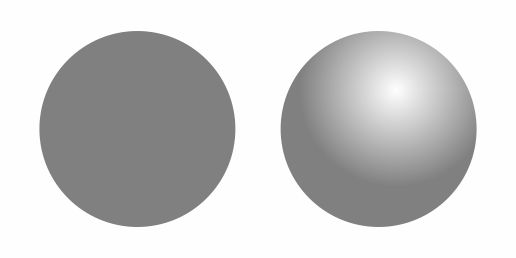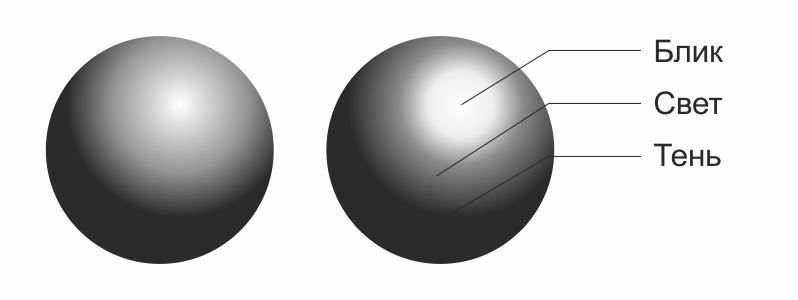Look at the shadow

Now there is a lot of talk about pattern recognition, machine vision, and everything connected with it, not to mention the trivial 3D graphics. However, not everyone knows, and even think about how and what we see in reality.
I want to do a little review on this topic. I think it will be informative and interesting.
')
Let's start with the question: “Why is everything around us voluminous?”. That is why on the flat projection of our three-dimensional world, which falls into our brain and has only the coordinates X and Y, we can accurately determine the third Z coordinate of objects in objects.
You say that two eyes get a slightly different image ... glasses in the cinema and virtual reality glasses ... And now let's close one eye, make sure that nothing has changed and try to figure it out.
The eye can already be opened.
The presence of binocular vision really helps in the perception of the image at relatively close distances. In particular, in cinemas, the volume is achieved by the effect of the presence of an object between the screen and you. At large distances, the difference between the images is lost, but the effect of volume remains.

In fact, it is not surprising, but the whole thing in the shadows. Here are two circles, but the second is somehow more like a ball. Although the difference between them is only available on the second gradient light spot.

Having played a little with this spot, we will get information about the properties of the surface of the object. in particular, about its smoothness. The smaller the bright spot, the smoother the object. And the more highlight, the more mirror-like properties the surface has.

All information about the shape of the surface of the object we get on the basis of these gradient transitions. In addition to glare, light and shadow, there is also a reflex - a highlighted part of the shadow formed by throwing light on the object from surrounding objects on the object.
Let's place them on some kind of surface.

Oh great! Now we can talk about the mutual position of these objects. They are the same size and lie on one line. But something is wrong here.

Without changing anything in the original picture, we just added a shadow and now one ball got closer and took off, and the second one visually slightly increased in size compared to the first. Not to mention that the shadow adds substantial realism to the image.
Here is such a great and mysterious this Shadow, and can simply work wonders with our perception.

But for computers, it is simply nightmarish, both in terms of building it in three-dimensional scenes, and in processing it in computer vision algorithms.
Source: https://habr.com/ru/post/427237/
All Articles